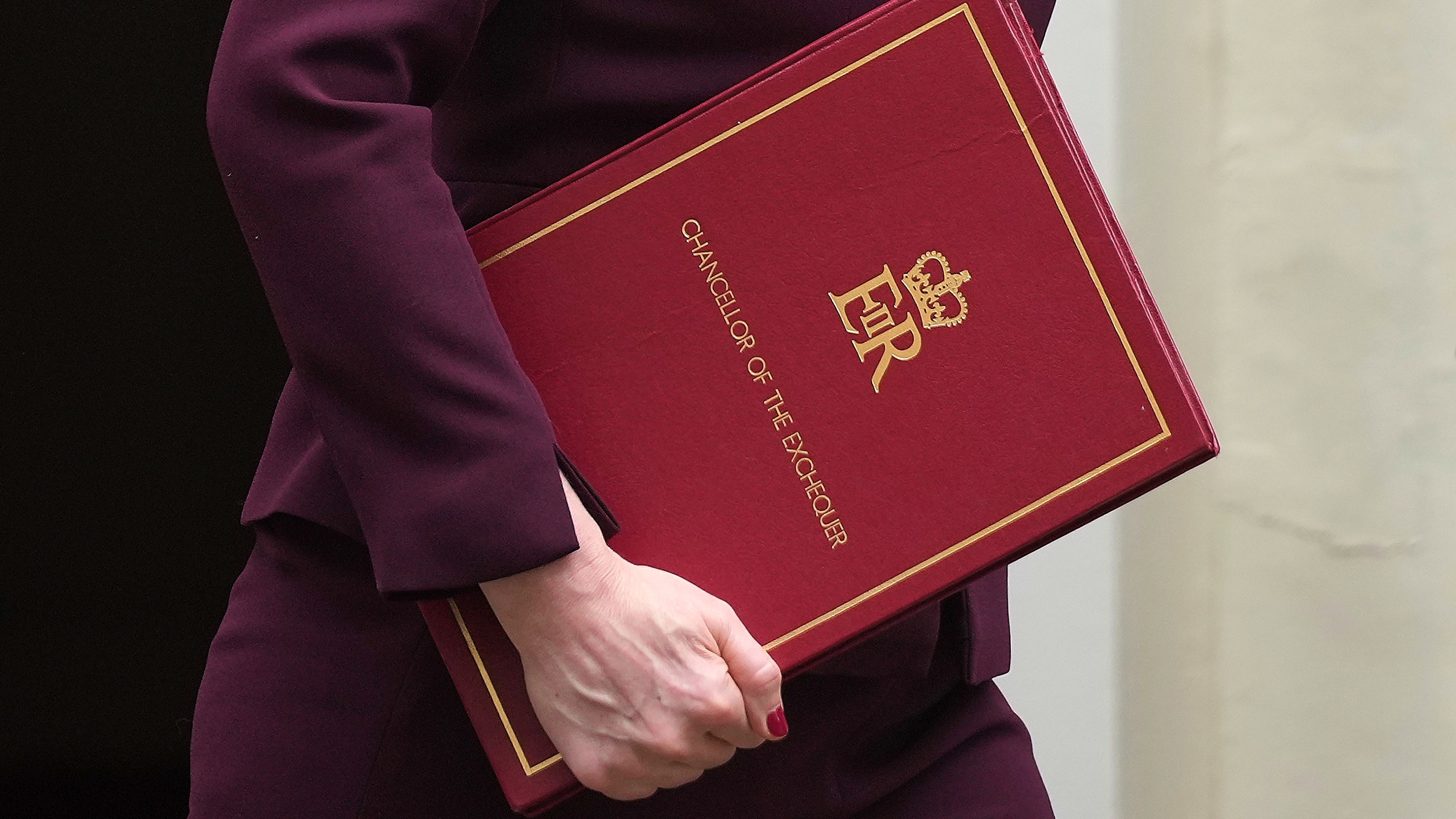BG Group (BG.) reported third-quarter earnings of $978 million, a 27% increase from the same period a year ago. The rise in earnings is largely attributable to a 43% increase in operating income for the liquefied natural gas segment, which benefited from favourable market conditions and a higher number of cargo diversions to higher-value markets. Management does not anticipate similar conditions to continue into the fourth quarter, though the company will probably exceed previous full-year profit guidance for the segment. Exploration and production segment third-quarter operating profit increased 7% from the period a year earlier, thanks to higher international gas realisations and a lower exploration charge. However, shutdowns at Karachaganak in Kazakhstan and the Panna/Mukta field in India hurt production volumes and profits. While volumes were essentially flat year over year, management continues to expect slight production growth for the full year. The limited production growth is not surprising. In its analyst meeting early this year, the company announced limited production growth for 2010, with growth resuming in 2011 and accelerating in 2012 and beyond.
The larger news for BG has come from recent announcements regarding the future of its key growth projects. In Australia, BG announced it had reached a final investment decision on its Queensland Curtis LNG project after receiving the necessary governmental approvals. BG plans to spend $15 billion on the two-train 8.5 million-ton-per-year project over the next four years with first LNG exports scheduled for 2014. As a result of the decision to proceed, the company increased its previous capital expenditure plan for 2011-12 from $16.5 billion to $18.5 billion. The announcement to proceed puts BG out in front of other firms trying to harness coal seam gas for export as LNG.
In Brazil, BG realised first production from its 100,000-barrel-per-day FPSO facility on the Tupi field. More newsworthy, though, was BG's announcement that it was increasing its estimates for gross resources for the Tupi, Iracema, and Guara fields by 2.7 billion barrels of oil equivalent. This comes as a result of new reserve models incorporating the latest data collected from extensive work completed in the area over the past year, including 3D seismic and well tests. BG now estimates gross economically recoverable resources from these fields of 10.8 billion barrels compared with 8.1 billion barrels previously, which was the midpoint of its early estimated resource range. The new estimate implies BG will net 2.8 billion barrels of economically recoverable resources from the fields. The increase in the reserve estimate demonstrates the potential growth BG could realise in the coming years from its enviable position in offshore Brazil. As similar work begins on BG's other fields, we could see additional announcements of reserve estimate increases.
























